Please add image or text logo

Here is our round-up of news, top tips and ideas for the month of February!
If we are lucky, February brings the first hints of spring to the garden. The days are getting longer, and many bulbs are bursting into life. February is a great month for preparation and planning!
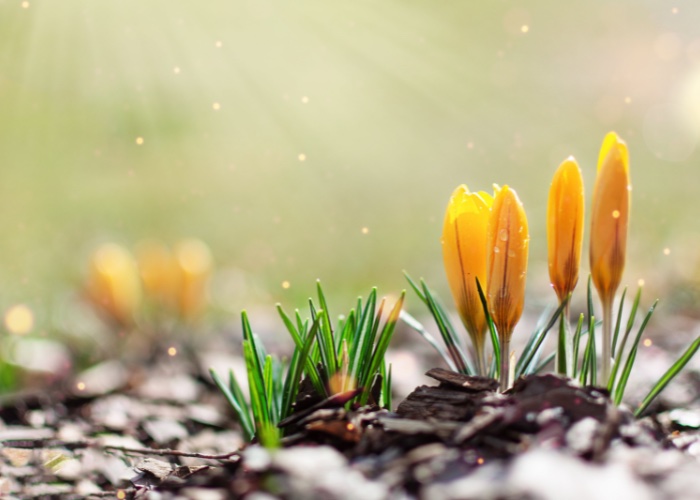
• Chit your seed potatoes – If the ground is still cold to the touch, hold fire on planting seed potatoes. Instead, there is a huge benefit to chitting first early potatoes – essentially bringing them into bud before planting. This process should be undertaken about 6 weeks before you want to plant them.
• Plant lilies in pots – Fill a pot with potting compost and plant each lily bulb, leaving about 5cm between them. Add a layer of compost atop the bulbs – the depth of this compost layer should be similar to the height of the bulbs. Soak the compost with water, then wait for the shoots to emerge in spring.
• Prune deciduous ornamental grass – Using sharp secateurs or shears, cut back straw-like grasses, such as miscanthus, hakonechloa, and panicum. Leave less-hardy varieties for another month.
• Put up a nest box – Encourage a variety of birds to your garden by providing a nest box. Place one 1-3m above the ground, in a relatively sheltered spot and out of reach of cats and squirrels. Discover our entire birdcare and wildlife range here.
• Ventilate your greenhouse – Whenever possible, open up the windows, doors, and vents of your greenhouse for an hour or two in the afternoon of mild days. This helps to reduce mould growth and the spread of disease throughout the winter months.
• Feed fruit bushes – Ensuring the soil is moist and weed-free, sprinkle high-potassium plant food around the base of fruit bushes. This will ensure they have enough nutrients for the year ahead and won’t need feeding again.
• Warm the soil with cloches – Prepare for planting early crops by adding cloches to the areas that you plan to utilise. Be sure to remove any weeds or old roots first.
• Cut lawn edges – Though it’s not quite time to get your lawnmower out, trimming the edges of your lawn using an edging tool will instantly neaten up your garden.
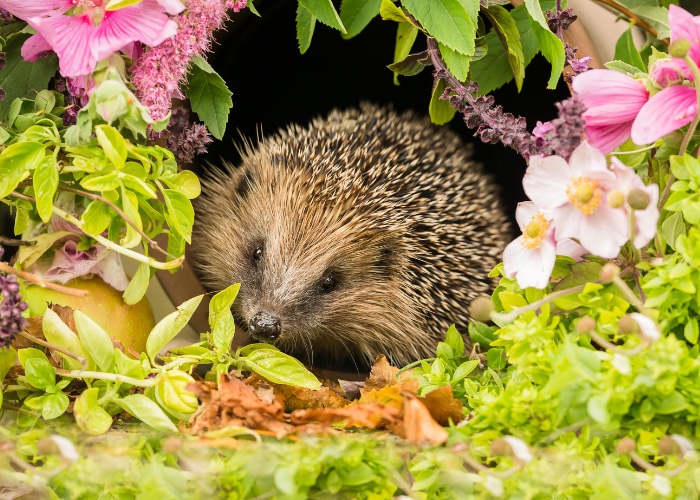
February 2nd is national Hedgehog Day! It’s currently hibernation season for hedgehogs in the UK, and our spiky little friends are growing increasingly endangered – but there’s always plenty that can be done to protect them.
Take a look at some of our top tips below:
• Create a log pile – Log piles provide shelter for insects and, therefore, make the perfect foraging place for hedgehogs. Create your log pile in a shady area of the garden, replenishing the logs every now and again as the wood begins to rot down.
• Add variety to your garden – Having a mixture of plants, shrubs and trees in your garden may be a long-term strategy but it aids massively in provided shelter and food for hedgehogs and a variety of other animal species.
• Create a wildlife pond – Don’t let the word “pond” be a worry, as you can simply use a shallow container or a water-tight structure like a sink in order to create a pleasant drinking place for hedgehogs. Plants will colonise here naturally, and rainwater can be used to fill it up!
• Add a hedgehog home to your garden – Provide a safe place for hedgehogs to rest by placing a hedgehog home somewhere peaceful in your garden. View our range of animal houses here.
• Create a compost heap – Compost heaps are rife with worms, slugs and earwigs which provide essential sustenance for hedgehogs. Build your compost heap on soil rather than solid ground to ensure easy access for these creepy crawlies.
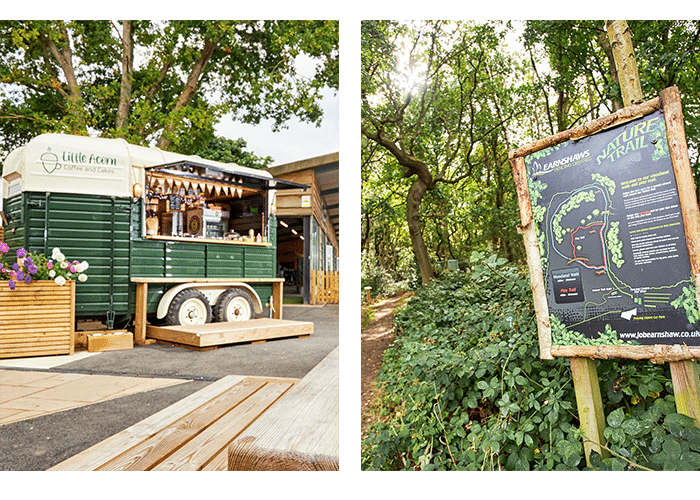
Our Little Acorn coffee stop at Midgley is a lovely destination for all the family to enjoy!
Housed in a converted vintage horse box, we serve a variety of hot drinks that are sure to warm you up in this chilly weather!
We also serve cold drinks and cakes, including gluten-free and vegan options – with seasonal favourites such as Parkin and hot cross buns.
Don’t worry if the weather is a little showery, our Little Acorn’s outdoor seating has cover that will keep you nice and dry.
Have an adventure with your children on our two nature trails of differing lengths. There are historical facts about the area dotted throughout, so you can explore and learn at your own pace!
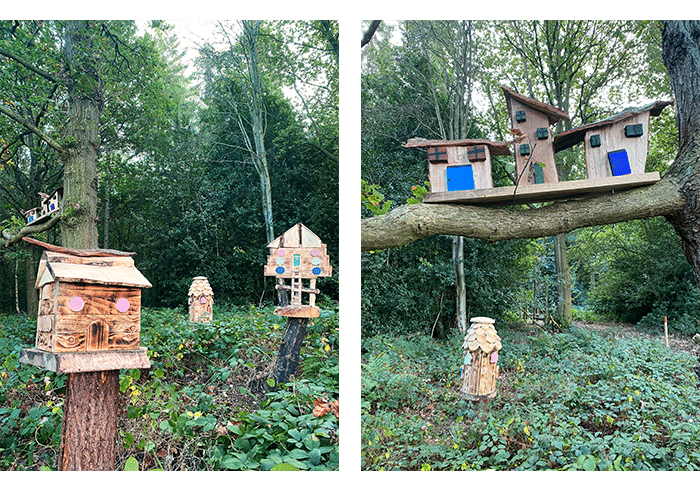
Discover our nature-themed fairy trail at Midgley – Let your children run, explore, and learn about local nature!
Each fairy represents a woodland species, with unique wings designed by artist Lanson Moore. Find hidden fairies, discover top tips, and uncover interesting facts along the way.
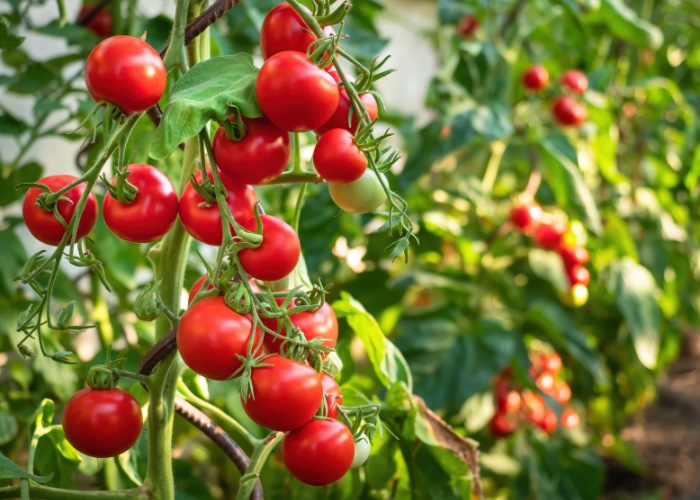
• Broad beans – Sow broad beans in modules, ready for planting out in spring.
• Garlic cloves – Planting garlic now means it still has time to develop by summer. Split a bulb into cloves and set the cloves on the soil, leaving about 15cm between each. Plant them with the pointed tip upwards at a depth of 6cm, then firm the soil down.
• Jerusalem artichoke – Opt for a sunny spot with plenty of space and prepare the soil by weeding and adding compost. Plant the tubers 30cm apart and 15cm deep. They can also be grown in a large tub.
• Tomatoes – Fill a small pot with seed compost, water well, then sow three or four seeds on the surface. Cover with vermiculite and keep at around 18°C or cover with a clear plastic bag and place on a warm windowsill. As soon as seedlings appear, uncover the pot and place it in as much light as possible, to prevent the plant growing thin.
• Chillies – Plant chilli seeds using the same method as tomatoes, planting a few extra seeds than required, in case of losses. When the seedlings reach 2.5cm tall, move each one into its own small pot filled with multi-purpose compost.
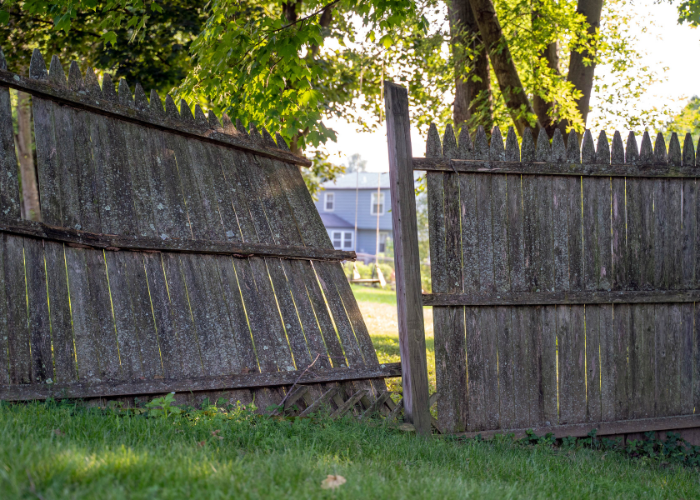
Were you unlucky enough to have suffered damage in the January storms, Isha and Jocelyn?
If like a lot of people, you have a fence to mend, a gate to replace or a shed to replace, we are ready to help!
We have a team of approved contractors if the job is too big for you to tackle yourself!

BBC Gardeners’ World Live will be back from the 13th – 16th of June! If you book your tickets before the 16th of February, you can save 25% off the standard price!
Whether you’re an experienced gardener, a novice, or simply someone who appreciates the beauty of nature, this event has something for everyone.
Learn more here!
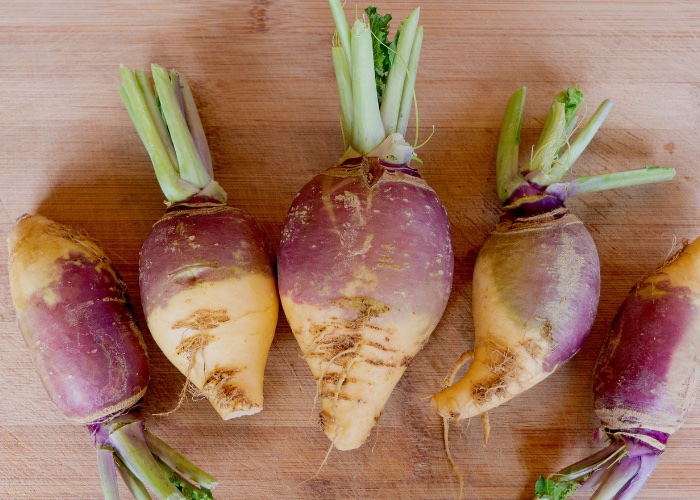
• Leeks – This hardy vegetable can be harvested as and when required throughout the winter months, even after severe frost.
• Swedes – Though swedes can survive the cold, they should be harvested this month to avoid them becoming too coarse to eat.
Members of the brassica family can continually be harvested as and when required, including:
• Cauliflower – Cauliflowers will have stopped growing by the time they are picked and should last for a while after harvesting.
• Cabbage – If harvesting and storing winter cabbages, hang them in a cool place. Otherwise, they can be left in the ground until needed.
• Broccoli – Harvest broccoli spears regular to stimulate further growth.
• Brussels sprouts – Pick one by one as they mature.
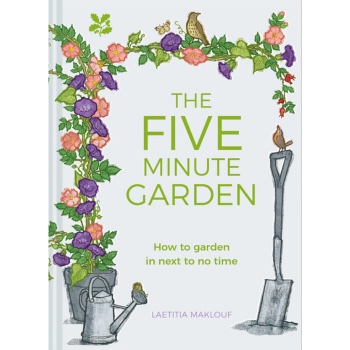
The Five Minute Garden: How to Garden in Next to No Time by Laetitia Maklouf
This book breaks the work you need to do to keep your garden in perfect shape into daily five minute chunks. Following this little and often approach, you’ll be amazed how much you can achieve.
Available from Amazon here.
“If January is the month of change, February is the month of lasting change. January is for dreamers… February is for doers.”
– Marc Parent